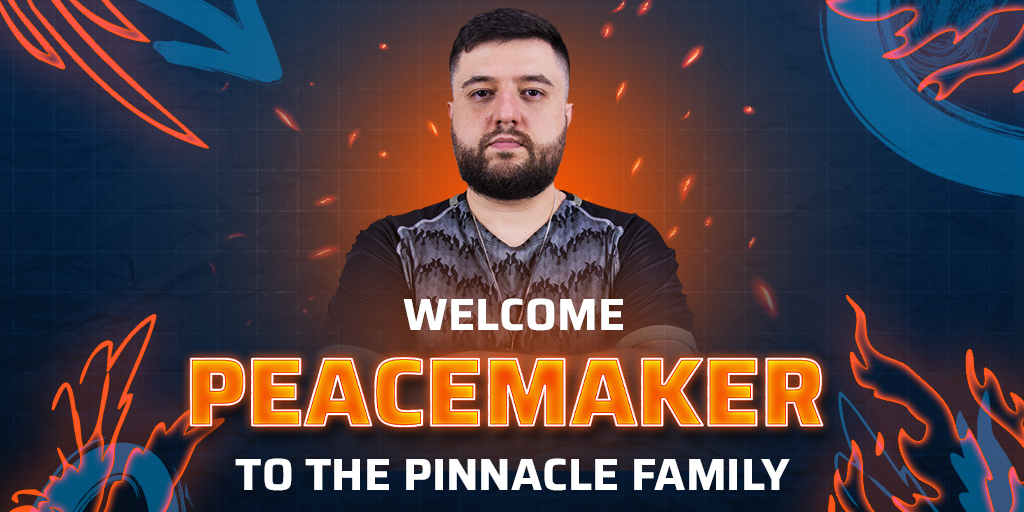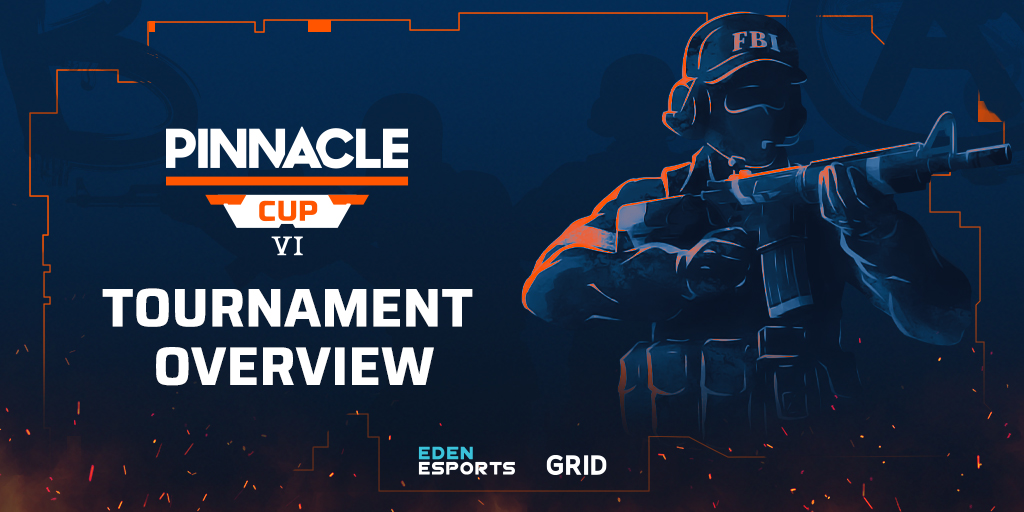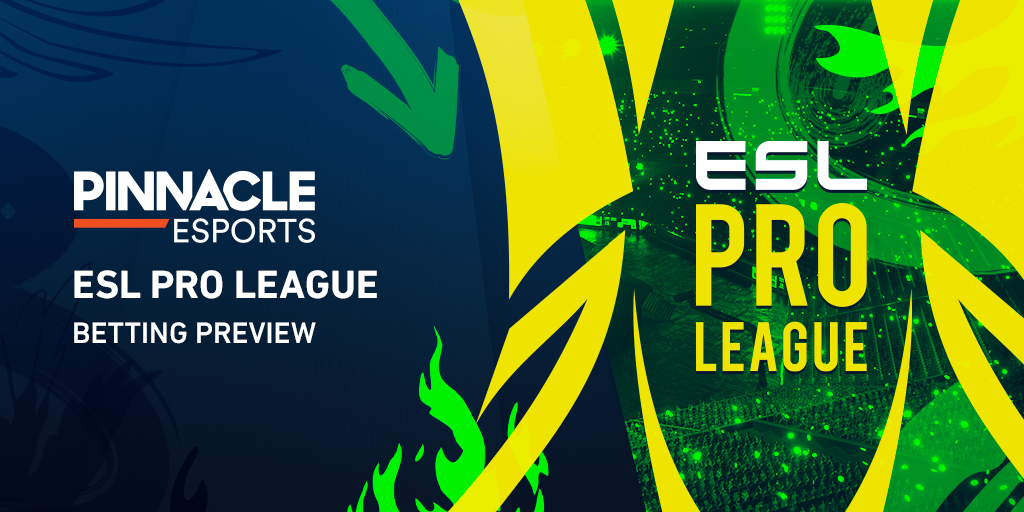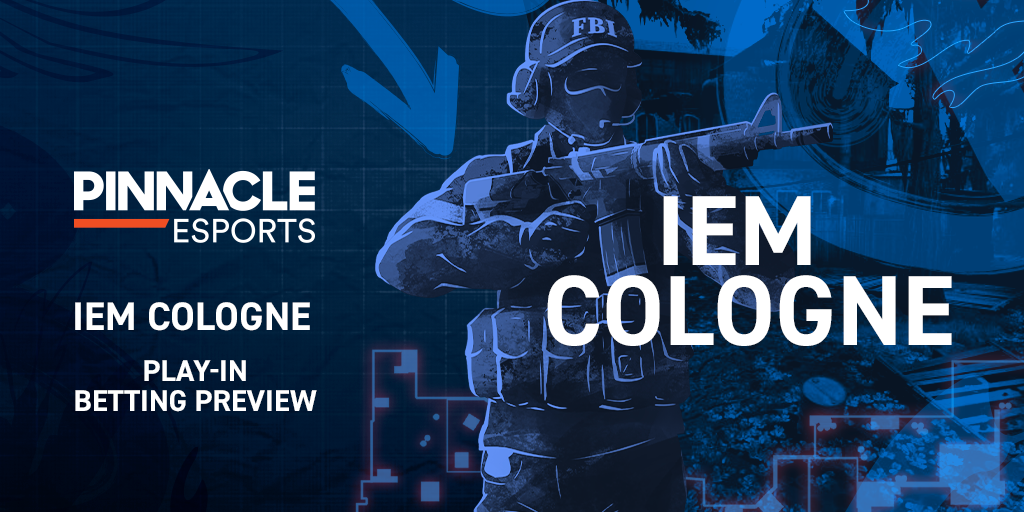Let’s get the easiest part out of the way- the explanation. A CS:GO Major is a major championship event that is sponsored by Valve. These particular events have prize pools of up to $1 million and usually consist of 24 teams in total that play across three separate stages.
Typically, Valve will decide who is hosting the Major and they have a stringent criteria for the opportunity to host. They have stipulated that in order to be considered you need to:
- Exceed expectations and innovate
- Be in a time zone for a typical player to view at home
- Be available on viewing platforms (such as Twitch.tv) preferred by player audiences
Afterwards, the business negotiations commence and they consider proposals from all of those that hit the criteria, before finally deciding on the logistics behind it. More on this can be found here.
The CS:GO Major is considered one of the most important events of the year, and it’s a time for the best teams in the world to play and show what they’ve got. It’s also a time for regional teams to come through and display new talent.
It’s important to remember that these events take place over the course of three weeks. This is why Valve have a strict policy in place for event organisers to host a Major. Typically, when these events are announced, there are no other CS:GO events taking place at the same time due to the majority of teams attending the Major and Minor series prior.
INsightful CS:GO ARTICLES
Esports event previews, up to date articles and latest odds
Understanding CS:GO Major format and schedule
This is where a great deal of confusion and frustration can come in from a player and fan perspective. In 2018 (starting with the ELEAGUE Major: Boston 2018), Valve announced a new tournament format which turned the offline qualifiers into part of CS:GO Major.
One thing to keep in mind is that there are three stages to a CS:GO Major and there are four regional Minors that take place in order for (non-already qualified) teams to qualify. But we’ll have more on that later.
The Challenger Stage
Week one of the CS:GO Major consists of The Challenger Stage. This is where 16 teams compete against each other in order to progress and become “The New Legends”. Only eight of the 16 teams will qualify from The Challenger Stage to The Legends Stage.
These 16 teams consist of six already-qualified teams from the previous Major, known as the Previous Major’s Fallen, who were the bottom six teams from The Legends Stage at the previous Major. Additionally, the 10 extra teams qualify from the Minors Champions (we discuss qualifying from a Minor in more detail below).
The eventual winners of The Champions Stage are the Major Champions and will take home $500,000 from $1 million prize pool.
The teams who managed to win three games in total will progress to the next stage. Only eight teams out of the sixteen can progress, meaning the other eight teams are eliminated from the competition. The eight teams that progress from the Challenger Stage will then move onto the Legends Stage where another eight teams will be waiting.
The Legends Stage
Of the eight teams that win three matches in the Challenger Stage enter The Legends Stage (which begins in week two) as the “New Challengers”. This stage also features the “Current Legends” which consist of the eight teams that battled their way to the Champions Stage at the previous Major.
Some important factors to keep in mind is that the New Legends could potentially have an advantage over the Current Legends in The Legends Stage as they would have had time to get used to their surroundings and adjust to their playing area.
Both The Legends Stage and The Challengers Stage that comes before it use a unique Swiss-system format. Similar to a round-robin in some ways, the Swiss-system is a round-based format that doesn’t have instant elimination and uses each team’s running score to match them in each round.
One important factor to consider for both The Challenger and The Legend Stage is that because of the Bo1 (best-of-one) Swiss-system format that is used, teams will only ever play against the same team once. This means that if they lose a match, they will not get the opportunity to play against that team again until a later stage of the competition (if they progress that far).
The Champions Stage
Once The Legends Stage has come to a close, the top eight teams move to The Champions Stage, also known as the final week (or week three) of the competition. The teams that are eliminated here will automatically qualify for The Legends Stage at the next Major as Current Legends.
During The Champions Stage, the teams will compete against each other in a Bo3 knockout (Single elimination) format (quarter-finals, semi-finals and Grand Final). The eventual winners after this stage are the Major Champions and will take home $500,000 from $1 million prize pool. There is more on the prize pool distribution down below.
Analysing the different stages
As mentioned previously, Valve changed how the CS:GO Major operates in early 2018. Prior to this, the Major used to only have a total of 16 teams in the tournament, spanning across three stages.
During The Challenger and Legends Stage, it is a Bo1 Swiss bracket. The Championship Stage play against each other in a Bo3 knockout (Single elimination) format.
The stages under the previous format were the Major Offline Qualifier, Group Stage, and the Playoffs. By adding the eight extra teams it has allowed for teams that wouldn’t normally be able to compete in this type of event to take part.
One such example of this was compLexity at the FACEIT London Major 2018. Although a team that you wouldn’t have necessarily expected to do well, they actually progressed through The Challenger Stage and The Legend Stage to make it to The Champions Stage, where they were defeated by MiBR.
How to qualify for CS:GO Major: Minor to Major
Valve introduced the Minor Qualifiers at the start of 2016 to help revamp the competition. This process has allowed for further growth within CS:GO and for regional teams that might not necessarily play outside of their region or at LAN events to go to an offline event and play in a stricter environment than what they are used to.
The Minors are played across four separate regions, CIS, Europe, Asia and Americas and each come with a $50,000 prize pool. One important point is that Europe and the Americas get two qualifiers instead of one, to make up the extra two teams.
Certain restrictions apply to teams that are entering the Minor competition. Teams must have a majority team membership from that respective region. This means if you entered into a European Minor then you would need at least three members who are from the European region, and the team could have two members from elsewhere to fill the squad.
Typically, it is down to the event host for the Major to cater for the Minors, but previously they have been outsourced to event organisers that are better equipped to organise such competitions in their respective regions.
It is also down to the event organiser as to how the Minors are played out. One option is to do a large online qualifier, such as ESL with the IEM Katowice 2019 – Minor series. The IEM Katowice 2019 – Minors hosted (for the European region) open qualifiers, consisting of two brackets of 16. The top two teams from each open qualifier then move to the closed qualifier.
It is beneficial to keep up-to-date with CS:GO, this is why it is important to review content from reliable sources such as HLTV.org and the CS:GO subreddit.
The closed qualifier follows a similar pattern, except there are eight additional teams that are already invited to play, forming 16 teams in total. The IEM Katowice 2019 – Minor Championship series closed qualifiers are also played in a Bo3 format, using a double elimination bracket where teams that lose also get a second chance to qualify.
Once in the closed qualifiers, teams are placed into a round of four (Ro4) bracket, there are four of these brackets in total. Teams that win in their respective bracket secure a spot in the Challenger Stage at the Major.
Additionally, teams that lose get put into another Ro4 bracket known as the “loser’s bracket” where they compete once more –and if they win, they progress to the Major with a lower seed.
This part of the Minor competition is also known as “the last leg” and the top four teams from the closed qualifiers will each take home a cut of the $50,000 prize pool.
Previous CS:GO Major winners
The last six years has seen the rise and fall of many teams, some of which are not around today. Over the course of those six years, there have been 13 Majors that have taken place and one coming up in February (each of which are listed below)*.
CS:GO Major: previous winners
|
CS:GO Major Tournaments
|
Location
|
Winner
|
Runner-Up
|
|
2013 DreamHack CS:GO Championship
|
Jönköping
|
Fnatic
|
NiP
|
|
ESL One Katowice 2014
|
Katowice
|
Virtus.Pro
|
NiP
|
|
ESL One Cologne 2014
|
Cologne
|
NiP
|
Fnatic
|
|
DreamHack Winter 2014
|
Jönköping
|
Team LDLC.com
|
NiP
|
|
ESL One Katowice 2015
|
Katowice
|
Fnatic
|
Nip
|
|
ESL One Cologne 2015
|
Cologne
|
Fnatic
|
Team EnVyUs
|
|
DreamHack Open Cluj-Napoca 2015
|
Cluj-Napoca
|
Team EnVyUs
|
Na’Vi
|
|
MLG Major Championships: Columbus
|
Columbus
|
Luminosity Gaming
|
Na’Vi
|
|
ESL One Cologne 2016
|
Cologne
|
SK Gaming
|
Team Liquid
|
|
ELEAGUE Major 2017
|
Atlanta
|
Astralis
|
Virtus.Pro
|
|
PGL Major Kraków 2017
|
Kraków
|
Gambit Esports
|
Immortals
|
|
ELEAGUE Major: Boston 2018
|
Atlanta (ELEAGUE Aarena)
|
Cloud9
|
FaZe Clan
|
|
FACEIT Major: London 2018
|
London
|
Astralis
|
Na’Vi
|
|
IEM Season XIII – World Championship
|
Katowice
|
TBD
|
TBD
|
* This list only contains teams that have won Valve sponsored Majors.
It is important to keep in mind that historically, teams such as NiP and Fnatic use to be top contenders for most championships, not only the Major but various different large scale events as well. It is interesting to see Virtus.Pro, who were once Major winners and runners-up but have since dropped their CS:GO roster (some of which were former winners of the CS:GO Major).
The CS:GO Major is considered one of the most important events of the year, for CS:GO, there isn't a "worlds" event but a Major takes place twice a year, normally at the start and end of a year.
Keep note, there is a great inconsistency with winners and runners-up as the years progress. CS:GO is a fast-paced game and typically roster swaps and entire teams being dropped can happen rather quickly, just because a team is tier one now it doesn’t mean they will be in two years’ time.
It is certainly beneficial to keep up-to-date with any roster changes or developments within individual teams. This is why it is important to review news content from reliable sources such as HLTV.org as well as the dedicated CS:GO subreddit.
Breaking down the CS:GO Major prize pool
Each Major comes with a $1 million prize pool. Simply put, if a team makes it to The Champion Stage, they are guaranteed money regardless of where they finish. The prize pool is then broken down and each team will take home a cut dependent on where they finish. You can see our breakdown below.
|
CS:GO Major: prize positions
|
Prize pool
|
|
First place
|
$500,000
|
|
Second Place
|
$150,000
|
|
Third – Fourth Place
|
$70,000
|
|
Fifth to Eighth Place
|
$35,000
|
|
Total
|
$1,000,000
|
The Minors have a smaller prize pool and fewer teams win a share. View the table below for a breakdown.
gdfgdf
|
CS:GO Minor: prize positions
|
Prize pool
|
|
First
|
$30,000
|
|
Second
|
$15,000
|
|
Third
|
$5,000
|
|
Total
|
$50,000
|
What you can learn from CS:GO Majors, past winners and present?
Keeping track of your favourite CS:GO team is important, as it keeps you informed of how well they are doing and you could even begin to learn how they will perform in later competitions. However sometimes this can be difficult, as not everything in the game is black and white and teams can benefit from a good run (especially in a Swiss-system format).
If you’re betting on an event, it will be worthwhile to take some time and look back at previous Minor and Major events. You can follow the progression of each team and see who they’ve played against but also keep track of what they do outside of these events.
To use compLexity as the example again, having come from The Challenger Stage to the The Champions Stage might seem like an incredible feat, but when you compare it to the teams they played against through both The Challenger Stage and The Legends Stage, it could be considered a relatively easy run.
It’s also important to look at teams that do not play outside of their region as much as the other competitive teams that progressed through to The Champion Stage. This stage of the tournament brings with it a very intense atmosphere and teams may need some past experience to help cope with that, not to mention the influence the crowd could have on how players perform.







